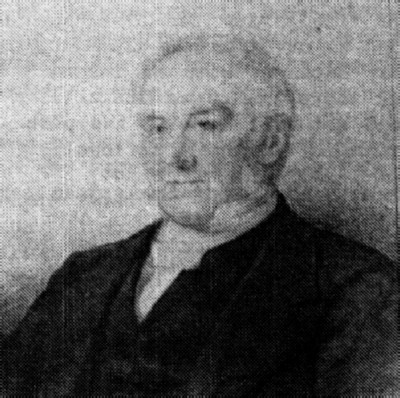Some Varieties of Rectors
Barwicker No. 33
March 1994
March 1994
 |
| Rev. William Hiley Bathurst |
 |
| Rev. William Hiley Bathurst |
|
O for a faith that will not shrink, Though pressed by many a foe, That will not tremble on the brink Of poverty or woe, That will not murmur and complain Beneath the chastening rod, But, in the hour of grief or pain, Can lean upon its God; A faith that shines more bright and clear When tempests rage without, That when in danger knows no fear, In darkness feels no doubt; A faith that keeps the narrow way Till life's last spark is fled, And with a pure and heavenly ray Lights up the dying bed! Lord, give me such a faith as this, And then, whate'er may come, I taste even now the hallowed bliss Of an eternal home. |